 Today we have the glossy pages of Vogue and Glamour to find the most fashionable clothing, but during the Renaissance, courtesans were the super models of their day. The first costume books, called alba amicorum, contained detailed information on the fashion tastes of these leading ladies. As discussed in last week’s post, sumptuary laws proved useless in distinguishing a noble woman from a courtesan. Thus, the yellow pages of prostitutes, catalogs such as Il Catalogo di tutte le principale et piu honorate cortigiana di Venezia required courtesans to register with their name, addresses, procuress (sadly, usually dear mom) and fees. (Famed courtesan Veronica Franco charged six scudi for just a kiss. )
Today we have the glossy pages of Vogue and Glamour to find the most fashionable clothing, but during the Renaissance, courtesans were the super models of their day. The first costume books, called alba amicorum, contained detailed information on the fashion tastes of these leading ladies. As discussed in last week’s post, sumptuary laws proved useless in distinguishing a noble woman from a courtesan. Thus, the yellow pages of prostitutes, catalogs such as Il Catalogo di tutte le principale et piu honorate cortigiana di Venezia required courtesans to register with their name, addresses, procuress (sadly, usually dear mom) and fees. (Famed courtesan Veronica Franco charged six scudi for just a kiss. )But by the 17th century, costume books began to merge with courtesan catalogs. One of the first examples of this early amalgamation of sex and fashion was Crispijn de Passe the elder’s Miroir. In the forward of the Miroir, Crispijn writes that the book is intended as a fashion guide for the typical stay at home mom. He apologizes for using courtesans as his subject matter, but they simply were quicker to adopt new fashions.
Yet, we can clearly see from the plate that follows that this is not your Lady’s Home Journal guide to dressing. In this typical brothel scene, a wealthy patron selects his companion for the evening based on the portraits that are presented to him.
Other plates follow, many depicting the most risqué clothing of its day worn by courtesans cleverly disguised by pseudonyms. The woman above is showing a little too much chest hair even by 17th century standards. The Miroir became a best seller and continued to be reprinted in the 18th century.
Other plates follow, many depicting the most risqué clothing of its day worn by courtesans cleverly disguised by pseudonyms. The woman above is showing a little too much chest hair even by 17th century standards. The Miroir became a best seller and continued to be reprinted in the 18th century.
(switching to my pedantic old lady voice that all the kids love...)
If you were to look through a typical fashion magazine today, you could argue that the line between sex and fashion is still just as blurred.
You can find more of images from the Miroir over at The Rare Books Forum.
You can find more of images from the Miroir over at The Rare Books Forum.

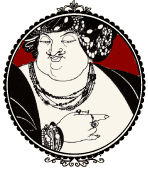

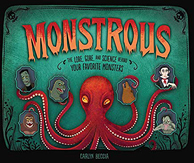
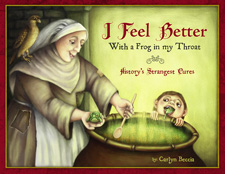
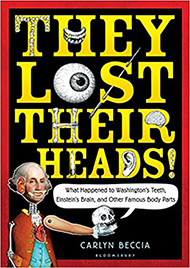




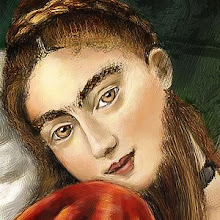



1 comment:
Fascinating reading, Carlyn. And thus proving, once again, that old saying - the more things change, the more they stay the same.
Post a Comment